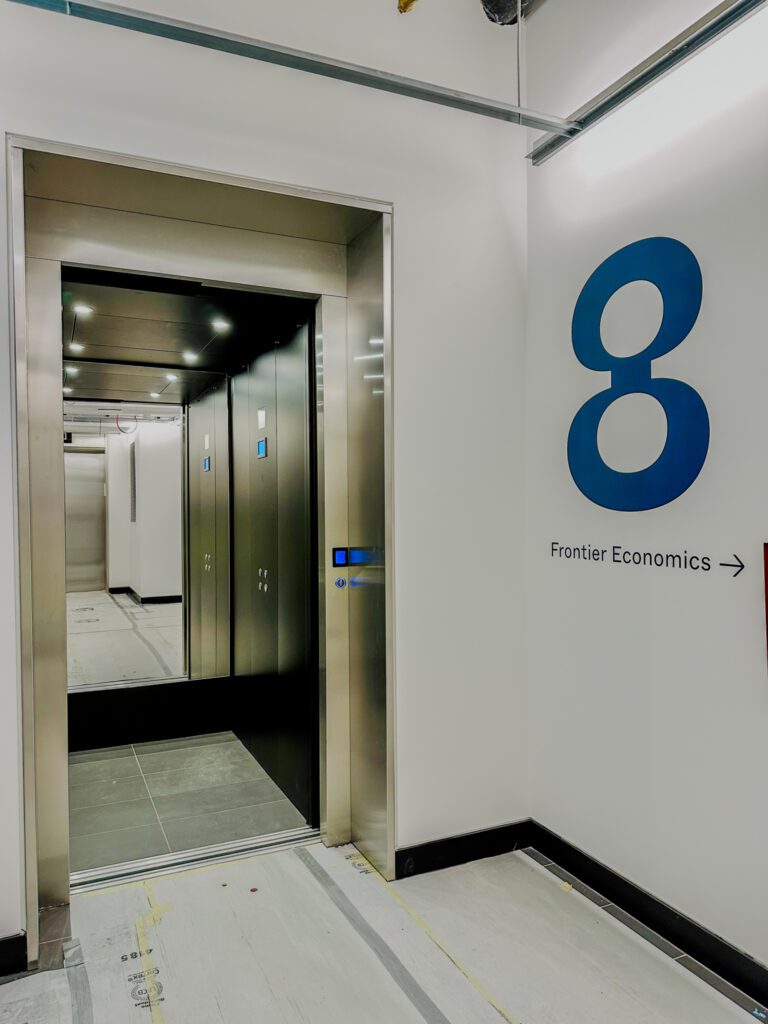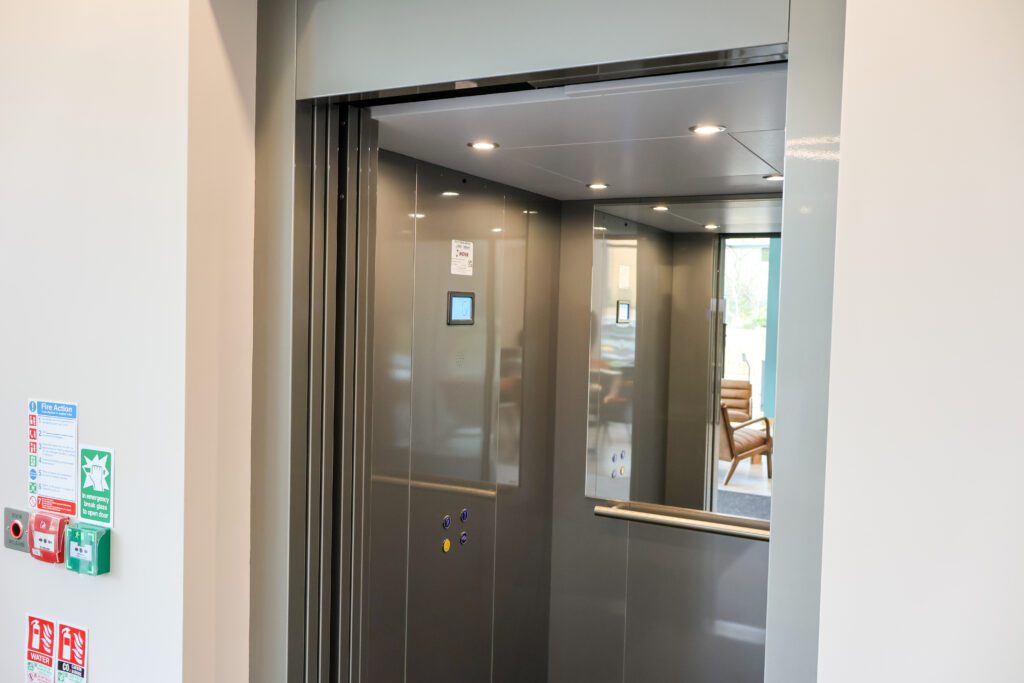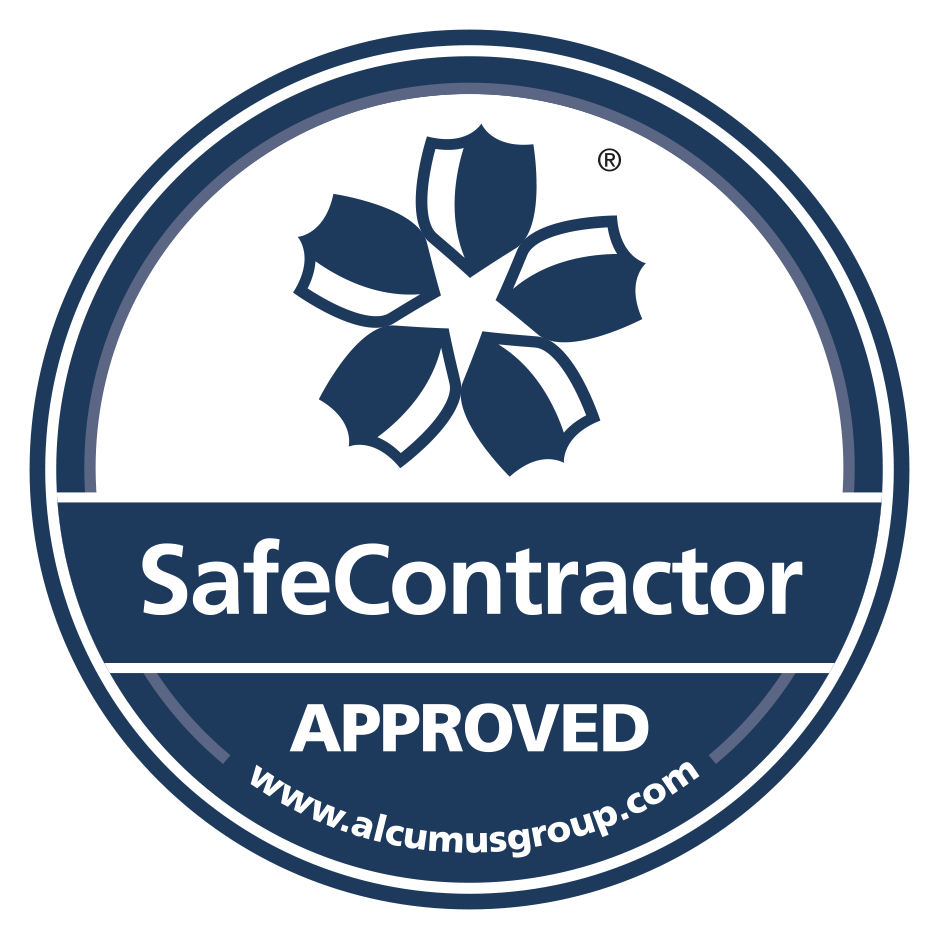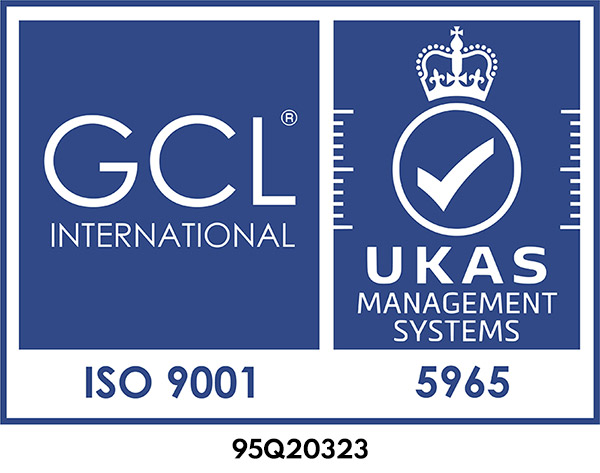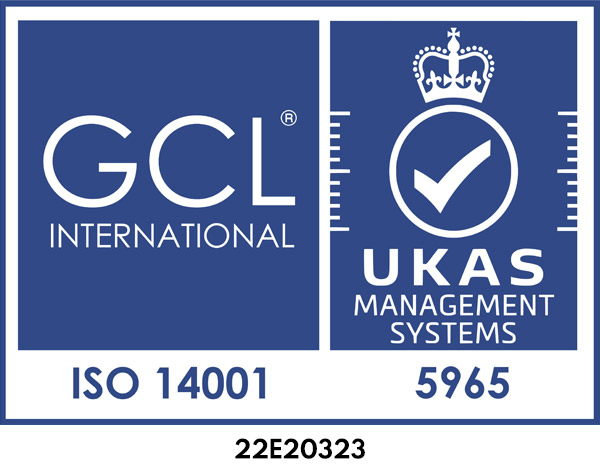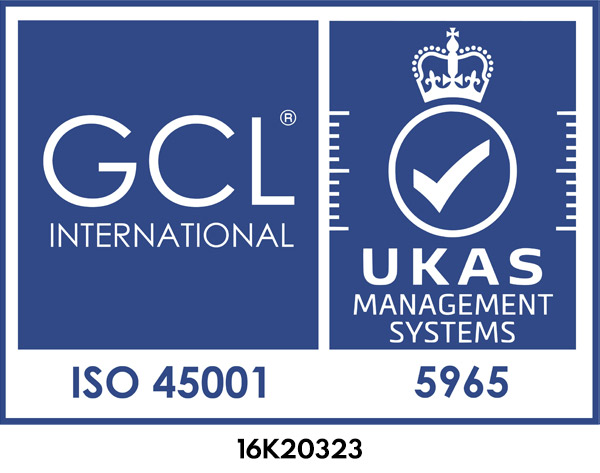Over 39% of UK households now own smart home technology, and this figure is forecast to reach 50% by 2027. That’s more than 15 million homes. But what most don’t realise is that smart home tech is not just about convenience and automation, it’s also a game-changer for accessibility.
As more homeowners, developers, and architects embrace connected living, the fusion of smart homes and accessibility solutions is reshaping the way we think about modern homes. Whether you’re planning a luxury self-build, future-proofing for ageing in place, or supporting someone with mobility needs, building a connected, accessible home has never been more vital or more achievable.
What Is a Smart Home? Understanding the Basics
A smart home is a house that incorporates internet-connected devices, allowing you to control systems remotely. This includes everything from heating and lighting to security, blinds, door locks, entertainment – and yes, even your lift.
At the heart of every smart home is integration, a unified ecosystem where various technologies communicate through a hub or app. Most devices are wireless, many are voice-activated, and almost all are customisable.
Common Smart Home Devices:
- Smart thermostats (like Hive or Nest)
- Smart lighting and plugs
- Voice assistants (Amazon Alexa, Google Assistant)
- Security systems and smart locks
- Smart doorbells and intercoms
- Automated blinds, curtains, and garage doors
These aren’t just flashy upgrades. They’re functional, efficient, and can radically transform daily life for those with accessibility needs.
How Smart Home Technology Enhances Accessibility
Smart home technology is breaking down physical and cognitive barriers, making independent living more viable, more comfortable, and more dignified.
From wheelchair users to elderly residents and those with sensory impairments, smart devices can be tailored to support unique mobility and accessibility challenges. In combination with platform lifts, they unlock freedom within the home.
Key Accessibility Features Enabled by Smart Tech:
- Voice-activated controls eliminate the need to reach or press buttons.
- Automated lighting that adjusts based on time or motion improves navigation.
- Remote monitoring allows caregivers to check in without intrusion.
- Smart door systems enable easy, hands-free entry and exit.
- Lift integration means calling your home lift from a mobile app or voice command.
All of this can be personalised to suit the resident’s routine, preferences, and evolving needs.
Key Benefits of Smart Homes for Independent Living
Creating a smart, connected home enhances the quality of life. Here’s why:
1. Greater Independence
Residents can control their environment, like lighting, temperature, locks, and lifts, without assistance. This fosters autonomy and reduces the need for live-in support.
2. Enhanced Safety
Smart smoke detectors, carbon monoxide monitors, and fall detection tools work alongside emergency lift alarms and home security systems.
3. Improved Energy Efficiency
With smart scheduling and learning thermostats, households save on energy bills while staying comfortable.
4. Increased Property Value
A future-proof home is more appealing to buyers. Integrated accessibility features like lifts and smart devices can boost resale value by up to 25%.
How to Build a Smart Home That Supports Accessibility
Building a smart, accessible home starts with assessment and planning. It’s a unified, thoughtful design that grows with you.
Step 1: Assess Accessibility Needs
Consider mobility, hearing, vision, and cognitive factors. Prioritise tasks the resident needs support with, such as lighting, lift operation, or door entry.
Step 2: Choose a Central Control System
Decide on a smart home ecosystem: Alexa, Google, or Apple HomeKit. Centralise all devices for simple, intuitive use.
Step 3: Automate High-Impact Tasks
Start with automation that delivers the biggest accessibility wins – lighting, blinds, temperature, and lift control.
Step 4: Select Accessible Hardware
Ensure switches, screens, and remotes are at wheelchair-friendly heights and that apps have voice or screen reader support.
Step 5: Integrate a Platform Lift Early
Lift integration works best when it’s part of the design from the start. Not only does it reduce costs, but it also ensures smooth technical integration and better use of space.
Integrating Platform Lifts into Smart Home Systems
Here’s where Alliance Platform Lifts brings game-changing value.
Our bespoke lifts can be fitted with smart lift technology, allowing for remote operation via apps, home automation systems, or voice commands. Whether you’re calling the lift to a specific floor or automating it to align with lighting and climate control, the result is effortless accessibility.
Why it Works:
- Retrofittable: Can be added to many existing smart home systems
- Customisable: Integrates with third-party apps or dedicated panels
- Stylish: Our scenic glass lifts and cabin lifts add elegance, not bulk
- Space-efficient: Ideal for even the tightest residential layouts
Explore our glass lift options for a homely yet opulent finish that complements your smart home interior.
Why Choose Alliance for Accessible Smart Home Solutions
At Alliance Platform Lifts, we help shape future-proofed, fully integrated homes. We’re proud to be the UK’s trusted name for bespoke platform lifts, working closely with:
- Homeowners future-proofing for comfort and ageing in place
- Architects and developers designing high-end, inclusive properties
- Occupational therapists and mobility specialists seeking the best long-term solutions for their clients
What Sets Us Apart:
- Bespoke lift designs to suit every interior
- Smart lift integrations for modern, connected living
- Collaborative project approach with your architects and trades
- Beautiful, space-saving solutions with gratifying finishes
- Exceptional safety standards, meeting or exceeding UK regulations
- Ongoing aftercare, including servicing, maintenance and 24/7 support
We handle everything, from planning and regulations to installation and integration, so your home lift feels less like a retrofit and more like a unified part of your home.
Conclusion
Whether you’re navigating mobility challenges, planning for the future, or want to create a more unified, intelligent living space, the marriage of smart home technology and accessibility design opens up extraordinary possibilities.
By working with a partner like Alliance Platform Lifts, you can build a home that’s beautiful, efficient, and truly inclusive, designed around your lifestyle, your family, and your future.
Ready to start your smart accessibility journey?
Contact Alliance Platform Lifts today for a free consultation and discover how to bring smart lift solutions into your home.

